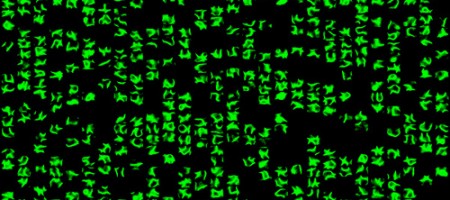Over the last few months I have become increasingly interested obsessed with creative reuse of digitised cultural heritage content. We live at a time when most galleries, libraries, archives and museums are digitising collections and putting them up online to increase access, with some (such as the Rijksmuseum, LACMA, The British Library, and the Internet Archive) releasing content with open licensing actively encouraging reuse. We also live at a time where it has become increasingly easy to take digital content, repurpose it, mash it up, produce new material, and make physical items (with many commercial photographic services offering no end of digital printing possibilities, and cheaper global manufacturing opportunities at scale being assisted with internet technologies). What relationship does digitisation of cultural and heritage content have to the maker movement? Where are all the people looking at online image collections like Europeana or the book images from the Internet Archive and going… fantastic! Cousin Henry would love a teatowel of that: I’ll make some xmas presents based on that lot!
I’m not the only person interested in this: The British Library is currently tracking their Public Domain Reuse in the Wild, looking to see where the 1 million images they released into the public domain, and on Flickr, end up being used. At the moment, they manually maintain a list of creative projects of what people have got up to with their content. And people are using digitised stuff: pop over to a commercial fabric printing service like Spoonflower and you can see people grabbing creative commons images off Wikipedia and providing the means to print them on a whole range of materials for creative reuse. At Spoonflower, people are remixing images, providing opportunities for creative projects, designing and playing with available heritage content, using it as a design source and inspiration, although many dont quote the source of their hopefully out of copyright images used a basis for fabric design. Pop over to Etsy, and you can see (as the illustration above shows) high res images of historical art and culture turned into coasters, corsets, bangles, pillows, phone cases, jewellery, etc – and mashed up and remixed into further creations, all of which are for sale (although, again, where they got the source images from isnt usually made clear, and there are obvious copyright infringements happening in some cases). But overall, I’m left wondering why more use isn’t made of online digital collections – and why we havent seen the “maker’s revolution” where everyone is walking around going “this old thing? I cobbled it together from public domain images on wikimedia and had a tailor on Etsy run it up for me!” – or even see more commercial companies start to use this content as the basis for their home and fashion collections on the high street. There are now funding programs and efforts to help try and help the exchange between the “multiple sub-sectors of the creative industries and the public infrastructure of museums, galleries, libraries, orchestras, theatres and the like” and funds for “collaboration between arts and humanities researchers and creative companies” etc etc – in this this new “impact” world, allowing reuse of your content will probably score huge brownie points – but what can institutions be doing off their own back to make sure the digitised content they spent so much time creating is used, and reused, further?

